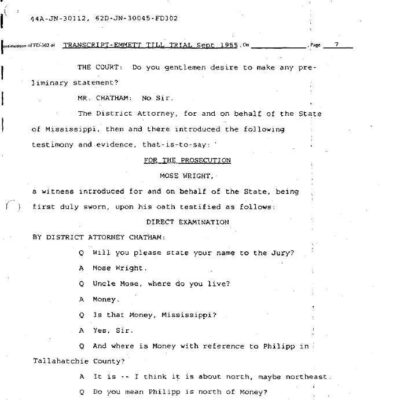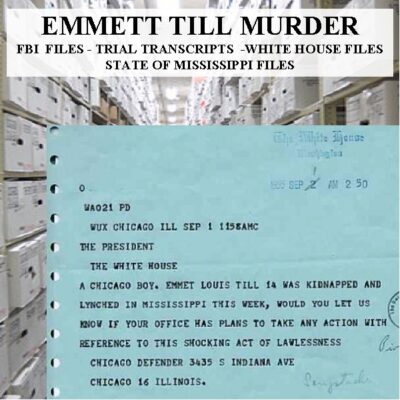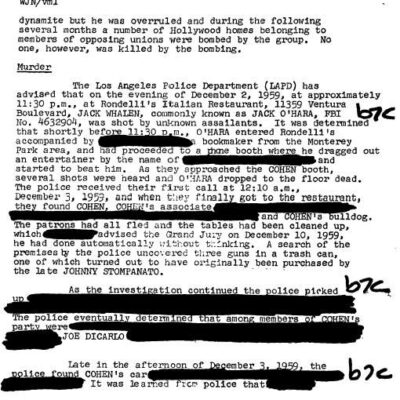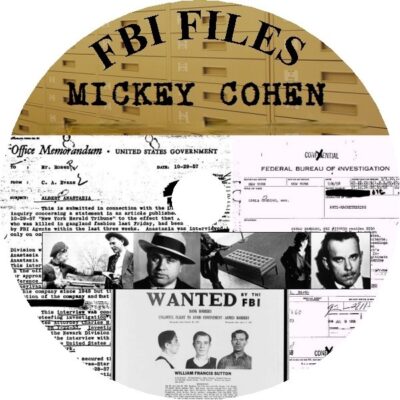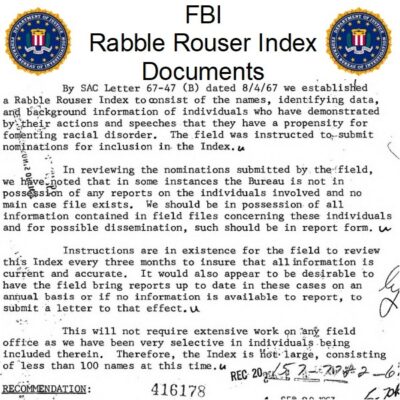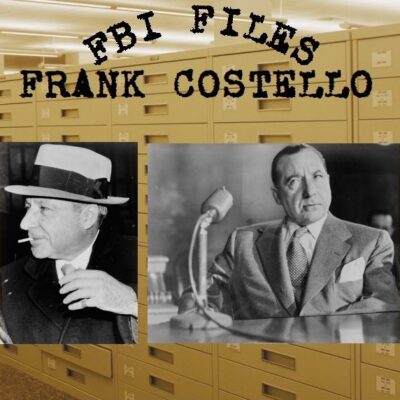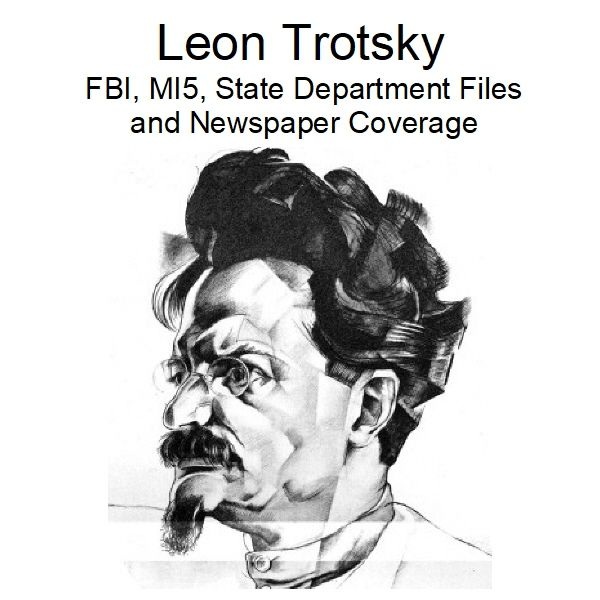
Leon Trotsky FBI, MI5, State Department Files and Newspaper Coverage
$19.50
Description
The Odyssey of Leon Trotsky: Revolution, Exile, Assassination
1879:
- Birth of Lev Davidovich Bronstein (Leon Trotsky).
1915-1917:
- Trotsky’s Travels: Leon Trotsky’s travels are documented in British Intelligence MI5 files.
- 1916: Trotsky sends a postcard from Cadiz to Tchitcherine in London.
1917:
- Russian Revolution: Leon Trotsky becomes a leading Bolshevik politician and a leader of the 1917 Russian Revolution.
- November 21, 1917: Commencement of the Brest-Litovsk Peace Conference negotiations between Russia and the Central Powers (Germany, Austria-Hungary, Bulgaria, Turkey). Trotsky leads the Soviet negotiations.
1918:
- March 1918: The separate peace agreement between Soviet Russia and Germany is concluded at Brest-Litovsk.
- Organization of the Red Army: Trotsky successfully organizes the Red Army, which struggles against the counter-revolutionary ‘Whites’.
1919:
- Red Army’s Struggle against the ‘Whites’: The Red Army, organized by Trotsky, continues its struggle.
1929:
- Stalin Consolidates Power: Following Vladimir Lenin’s death, Joseph Stalin wins the struggle for power.
- Trotsky Removed and Exiled: Leon Trotsky is removed from all positions of power and exiled from the Soviet Union.
- British Asylum Application (1929-1930): Leon Trotsky applies for permission to reside in England, but his application is rejected by British Home Secretary J. R. Clynes.
- Leadership of Anti-Stalinist Opposition: In exile, Trotsky becomes the leader of the anti-Stalinist opposition.
1933-1940:
- Continued Monitoring by British Intelligence: British Intelligence MI5 files continue to cover Trotsky during this period, including his time after exile.
1940:
- May 24, 1940: An assault occurs on the residence of Leon Trotsky in Mexico. The FBI receives information from a confidential, reliable source about this event.
- Assassination of Leon Trotsky: Leon Trotsky is murdered in Mexico by an assassin wielding a pickaxe. This assassination is orchestrated by Soviet leader Joseph Stalin. FBI files predominantly cover this event.
1948-1975:
- Continued Archival Coverage: British Intelligence MI5 files continue to cover Leon Trotsky, indicating ongoing interest or administrative record-keeping regarding him.
1956:
- American Newspaper Coverage Ends: The provided American newspaper coverage of Leon Trotsky concludes in this year.
Cast of Characters
- Leon Trotsky (Born Lev Davidovich Bronstein): (1879-1940) A prominent Bolshevik politician and a key leader of the 1917 Russian Revolution. He led the Soviet negotiations at Brest-Litovsk and successfully organized the Red Army. After Vladimir Lenin’s death, he lost the power struggle to Joseph Stalin, leading to his exile in 1929. In exile, he became the leader of the anti-Stalinist opposition. He was assassinated in Mexico in 1940, an act orchestrated by Stalin.
- Joseph Stalin: The Soviet leader who won the power struggle following Vladimir Lenin’s death. He orchestrated the removal of Leon Trotsky from power and his eventual assassination in Mexico in 1940.
- Vladimir Lenin: A key figure of the Russian Revolution and the first head of Soviet Russia. His death triggered the power struggle between Trotsky and Stalin.
- J. R. Clynes: British Home Secretary in 1929 and 1930. He rejected Leon Trotsky’s application for permission to reside in England.
- Tchitcherine: A “Soviet colleague” of Leon Trotsky, to whom Trotsky sent a postcard from Cadiz in 1916. (Likely Georgy Chicherin, who served as People’s Commissar for Foreign Affairs from 1918-1930).
- J. Edgar Hoover: Director of the FBI. He described a confidential source providing information about the May 24, 1940, assault on Trotsky’s residence as “reliable.”
Leon Trotsky FBI, MI5, State Department Files and Newspaper Coverage
9,692 pages of FBI, British Intelligence MI5, State Department files, and newspapers covering Leon Trotsky. Files date from 1917 to 1975.
Leon Trotsky (1879-1940), born Lev Davidovich Bronstein, was a leading Bolshevik politician and a leader of the 1917 Russian revolution. Trotsky led the Soviet negotiations for a separate peace with Germany that were concluded at Brest-Litovsk in March 1918. In 1919, he successfully organized the Red Army in its struggle against the counter-revolutionary ‘Whites’.
After Joseph Stalin won the struggle for power following Vladimir Lenin’s death, Trotsky was removed from all positions of power and exiled in 1929. In exile, Trotsky was the leader of anti-Stalinist opposition. In 1940, Soviet leader Stalin had his former rival, Trotsky, murdered in Mexico.
FBI Files
925 pages of files copied from FBI Headquarters in Washington, D.C., covering mostly the 1940 assassination of Leon Trotsky. Trotsky was murdered in Mexico by an assassin wielding a pickaxe. Files contain various information, memos, miscellany, and articles concerning events surrounding Trotsky’s assassination. A highlight is a memorandum incorporating information received from a confidential source FBI director J. Edgar Hoover described as “reliable,” concerning the assault on the residence of Leon Trotsky in Mexico on May 24, 1940.
British Intelligence MI5 Files
694 pages of files covering Leon Trotsky. Files date from 1915 to 1918, 1933 to 1940, and 1948 to 1975.
Includes a collection of papers on Soviet political parties, particularly the Bolsheviki, including comments on Lenin, Trotsky, and others.
Other files contain papers relating to Trotsky’s travels from 1915 to 1917, to his time in the Soviet Government and to the period after his exile in 1929 till his death in 1940. There are copies of a few letters to his friends and publishers, a translation of chapter 8 of his book, ‘Terrorism and Communism’ on questions regarding the organization of labour, and an original postcard dated 1916, in his own hand sent from Cadiz to his Soviet colleague, Tchitcherine, in London.
British Cabinet Office Files
6 pages of memos from 1929 and 1930 by British Home Secretary J. R. Clynes. Memos on application by Leon Trotsky for permission to reside in England. Clynes rejected Trotsky’s attempt.
United States Department of State: Proceedings of the Brest-Litovsk Peace Conference 1917-1918: The Peace Negotiations Between Russia and the Central Powers 21 November 1917 – 3 March 1918
Abstract: These accounts of the negotiations at Brest-Litovsk, between Russia (including Ukraine) on the one hand, and Germany, Austria Hungary, Bulgaria, and Turkey on the other hand, have been taken from various sources. Official protocols of the sessions were provided for at the session on 3 December, but if they were ever published, they are not available at this time of compilation. Most of the following accounts have been taken from the (British) Daily Review of the Foreign Press and from the Deutscher Reichsanzeiger, the exact source of each being indicated. The official Russian reports as published in Isvestia are not available, but most of them seem to have been sent out by the Russian wireless and published in the (British) Daily Review of the Foreign Press. The versions given in the Deutscher Reichsanzeiger are probably as nearly official as were published in Germany.
American Newspaper Coverage 1917 – 1956
430 pages of front-page American newspaper coverage of Leon Trotsky. New York, Washington D.C., and regional newspapers from across the United States.
United States Department of State Text Transcriptions of Foreign Policy Documents Related to the Russian Revolution 1917-1918
Papers Related to the Foreign Relations of the United States, 1917-1919, Russia Volumes I, II, III and Russia 1919
7,337 pages of text transcriptions in four volumes of documents related to United States foreign relations with Russia during the Russian Revolution produced by the Department of State Office of the Historian. The name Trotsky appears 384 times in the transcripts
Abstract:
The quantity and special interest of the papers relating to Russia in the revolutionary period have made it appear convenient and proper to collect them in a special series of volumes, as has been done with the papers relating to the World War. Those for the years 1917–18 have been grouped in three volumes, each separately indexed, according to the following topical scheme.
Volume I, “Political Affairs and Diplomatic Relations,” deals with the transformations of the central government, its relations with foreign governments, and the attitude of the United States and other governments toward the successive régimes and their policies. Documents concerning primarily the discussion of war aims and general peace terms, however, are included in the supplements relating to the World War, as indicated by cross references.
Volume II , “Disintegration and Foreign Intervention,” deals with the various regional movements of position to the Soviet régime and of national separatism, the military action of the Allied and American governments in different parts of Russia, and their relations with local organizations. Affairs of northern Manchuria, although outside Russian territory, are treated in connection with those of eastern Siberia, from which they are inseparable. On the other hand, Poland, being cut off from all immediate connection with Russia by the Austro-German occupation, is left to be dealt with in the supplements relating to the World War.
Volume III, “Economic Relations,” treats principally of financial affairs, commercial relations, and American assistance in the operation of Russian railways, involving necessarily the Chinese Eastern Railway.
